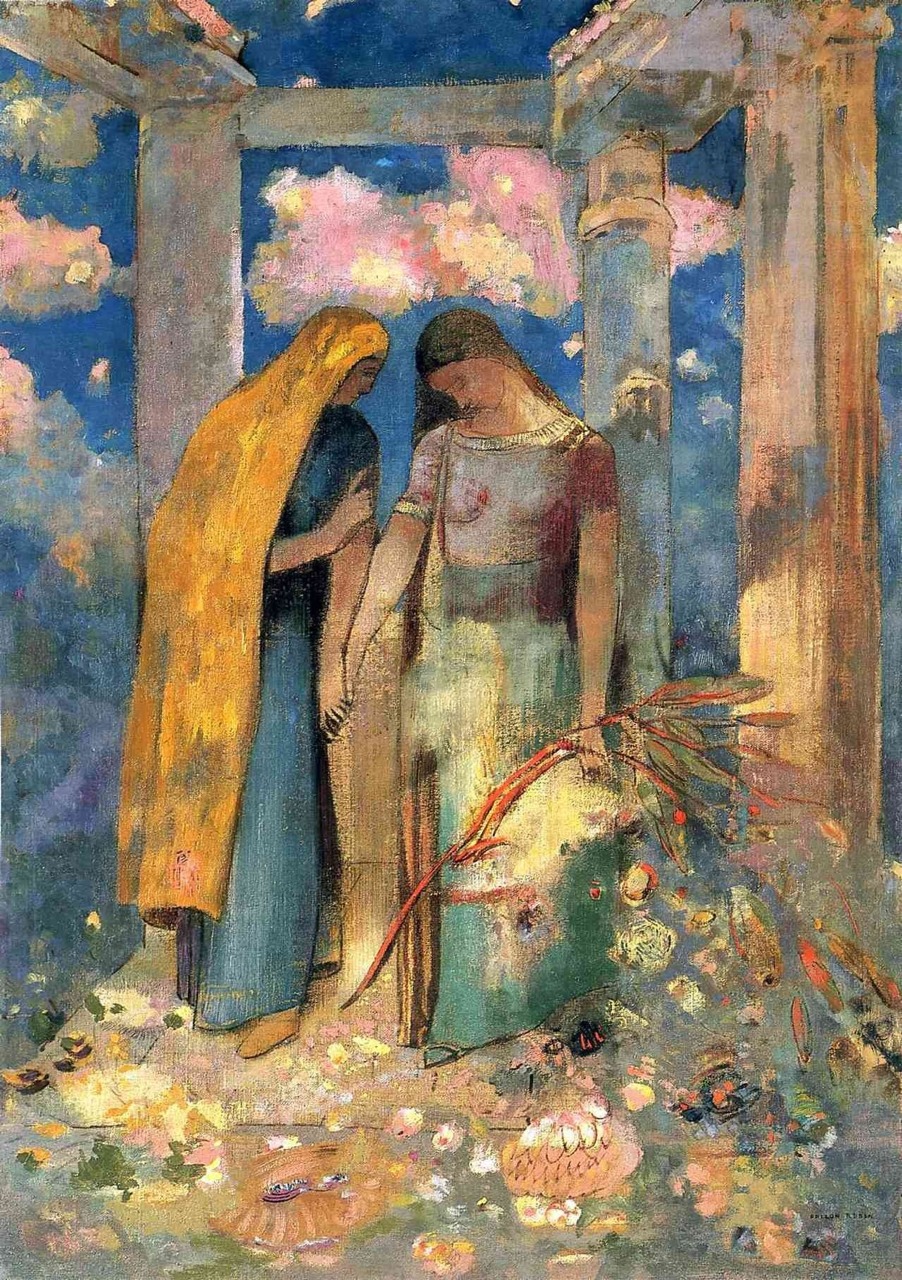My guess is that it is amateur artists who keep most art supply stores in business. And without that demand, there might be fewer makers of paint and equipment and prices of their wares might well be a lot higher. So let us not look down our noses at the unwashed amateur art masses.
I suppose I myself quality as an amateur artist because, while I have a college degree in an art field, I never sold any of my output. Then there are plenty of people without formal training who have sold their work, yet can be considered amateurs because they have other sources of income to deal with most of their living expenses.
A sub-class of this latter group is people who are famous for other aspects of their lives, yet found time to dabble in art. One example is Richard Feynman (1918-1988), holder of the Nobel Prize in Physics, amateur safecracker, percussionist, member of a Rio de Janeiro Samba band, teetotaling (eventually) barfly and friend of Las Vegas show girls, seeker of Tanna-Tuva, member of the atom bomb development team, student of Portuguese, and other intriguing exploits. His Wikipedia entry is
here.
Background on his experience in drawing and painting is
here. His part-time teacher was Jirayr Zorthian (1911-2004), biography
here. An online collection of Feynman's images (which I used to illustrate this post) is
here.
Considering that he at first felt that he had no artistic aptitude and that he was occupied by many other activities including his position on the Caltech faculty, I find his work surprisingly good. Of course, if I saw some of his pieces at an art show, I would pay them little or no attention if I was unaware of who did them (and he did sign most of his work with the nom-de-palette "Ofey" in order to create distance from his professional self).
Gallery
Dabny Zorthian - 1964
The wife of his teacher.
Nude from behind
Portrait painting - 1968
Portrait drawing - 1975
Sketchbook page. Feynman usually handled mouths well, but had trouble with eyes, as this and other examples here indicate.
Face of woman
Portrait of a woman - 1985
Equations and sketches - 1985
Interesting that some doodles are graphs. Despite his claim of lacking drawing ability before he took informal lessons, he had invented Feynman Diagrams, a visual means of simplifying computation of complex, asymptotic effects of photon transfers of energy from electron to electron.



















































